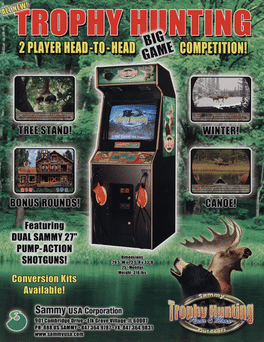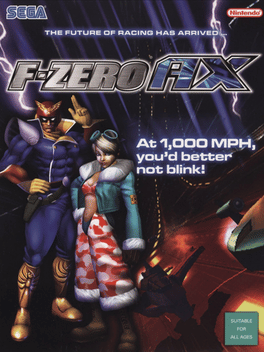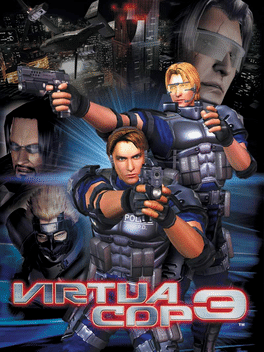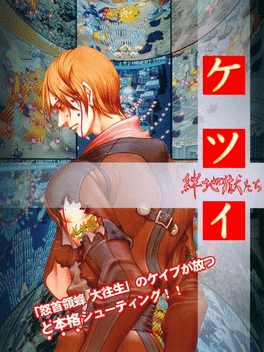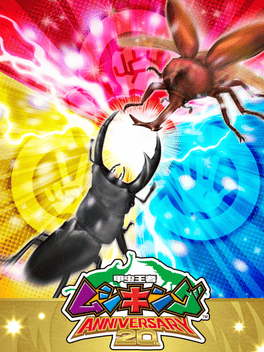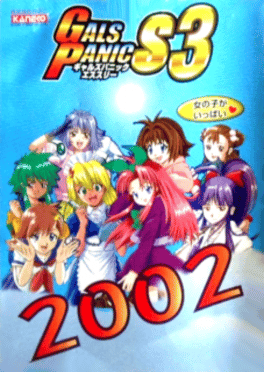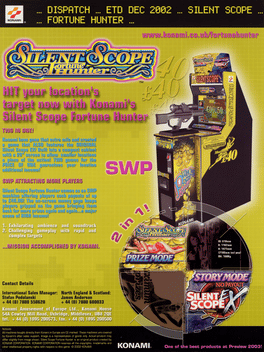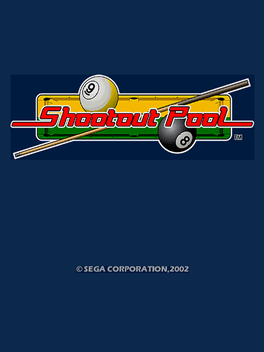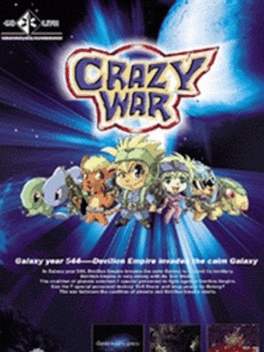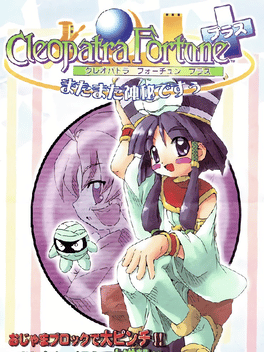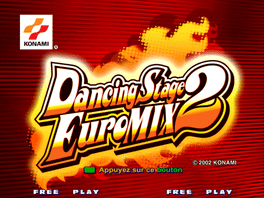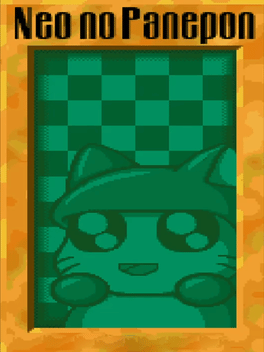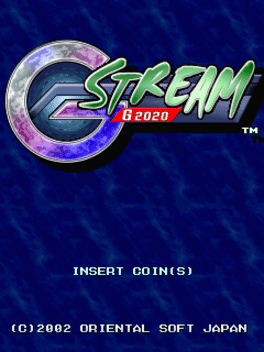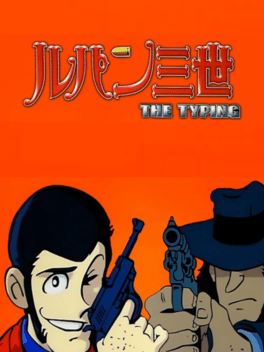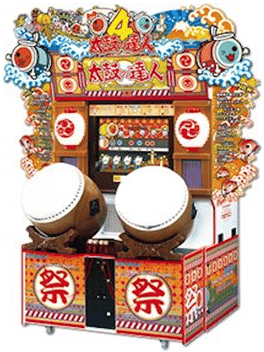New Arcade Games - Page 37
-
The Gladiator: Road of the Sword
2003
The Gladiator is an Action game, developed and published by IGS (Taiwan), which was released in 2003. -
Trophy Hunting
2003
Trophy Hunting
2003
A shooting game where players can select a weapon and then select to go hunting for bears or moose. -
F-Zero AX
2003
-
Super Bubble 2003
2003
Super Bubble 2003
2003
An advanced version of a classic type of game. Moni & Chris are on a quest to rid there island of viscous invading monsters. -
Virtua Cop 3
2003
Virtua Cop 3
2003
Virtua Cop 3 is the third installment in the series. It also features a bullet time mechanism which players to slow down time by stepping on a pedal. -
Ketsui: Kizuna Jigoku-tachi
2003
Ketsui: Kizuna Jigoku-tachi is a vertical bullet hell shoot 'em up developed by Cave and released in 2003. -
Mushiking: King of the Beetles
2003
An extremely popular Japanese arcade game where the player is awarded with collectible cards that are used in play--holds the record for most official tournaments for a video game. -
Gals Panic S3
2003
-
Silent Scope: Fortune Hunter
2002
Silent Scope: Fortune Hunter is a rail shooter developed and published by Konami. It is the fifth game in the Silent Scope series, and was released in the year 2002. The cabinet, bundled with Silent Scope EX, also features a Prize Mode where the player can earn real money payouts for performing well in-game. -
Shootout Pool
2002
Shootout Pool
2002
A 3-D pool game where players use a real cue stick to hit on-screen cueball to effect the on-screen billiard balls. Shootout Pool was produced by Sega in 2002. Sega released 593 machines in our database under this trade name, starting in 1960. Sega was based in United States. Other machines made by Sega during the time period Shootout Pool was produced include: Super Major League 2001, Power Smash 2, InuNoOsanpo, Crackin' DJ Part 2, Cyber Troopers Virtual On Force, House of The Dead 3, Virtua Striker 3, Beach Spikers, Virtua Striker 2002, and Maze Of The Kings, The -
Crazy War
2002
-
Cleopatra Fortune Plus
2002
Cleopatra Fortune Plus is an Egyptian themed falling block puzzle game following Cleopatra Fortune. Expanding on the original, blocks can be rotated counter-clockwise, breaking colored gems builds up items with powerful effects when cleared, and a rival that can drop larger blocks appears. In addition, a story mode is present unlike the original. -
Initial D Arcade Stage 2
2002
Initial D Arcade Stage Ver. 2 (known simply as Initial D Ver. 2 in its export release) is a 2002 arcade racing game based on the Initial D series. It is the second game in the Initial D Arcade Stage series. -
Dancing Stage EuroMix 2
2002
Dancing Stage Euromix 2 is the 3rd Arcade release in the Dancing Stage series, a European version of the Dance Dance Revolution series of music video games. Euromix 2 is a sequel to Dancing Stage EuroMix. It was released in the arcades by Konami in 2002. Euromix 2's engine is based on the Japanese arcade release DDRMAX2, and also uses a modified version of its interface. The game contains 68 songs, 12 of them are carried over from Dancing Stage EuroMix. This title uses the DDRMax2 Dance Dance Revolution 7thMix engine. EuroMix 2 requires a PC Card and omits the Internet Ranking feature. While it has no direct home port per se, there is another Dancing Stage game using the DDRMAX2 engine, Dancing Stage MegaMix. -
Neo no Panepon
2002
Neo no Panepon
2002
Neo no Panepon is a homebrew puzzle game similar to Tetris but swapping color blocks. -
G-Stream G2020
2002
G-Stream G2020
2002
A 2002 shoot-'em-up from Triangle Service and Oriental Soft. Later renamed "ΔZeal" -
Lupin the 3rd: The Typing
2002
A re-worked version of the arcade game "Lupin the 3rd: The Shooting," this game has you typing out words and phrases instead of shooting dudes. -
Star Trek Voyager: The Arcade Game
2002
After a hearty "Welcome aboard!" from Captain Janeway, you start your adventure on Voyager, which is quickly overrun with Borg. After 6 shots, your phaser must be "recalibrated" by firing off-screen. The game includes occasional opportunities for weapons upgrades, life upgrades and bomb detonation. The game expands to various areas of Voyager and to the Borg ship, and introduces additional aliens along the way. The game also includes a space scenario which simulates a shuttle flight where you fire at various Borg ships. -
Demon Front
2002
Demon Front
2002
The gameplay is similar to Metal Slug and other run and gun games. It lacks the vehicles that were an element of Metal Slug. In addition, there are some unique features in the game. Each of the four characters brings along a pet, which can be sent to attack enemies or used as a shield. There are three buttons: Shoot, jump, and shield. Holding the shoot button charges your pet, and when released the pet launches a stationary devastating attack for a few seconds. The shield button converts the pet into a shield that is permanent - until you press the button again or it takes enough damage to disappear. Melee attacks and pet attacks release hearts which boost your shield power. Characters include Jake and Sara, two regular humans from Earth. Dr. J, a scientist, and Maya an ape. All characters largely play the same. -
Taiko no Tatsujin 4
2002
Taiko no Tatsujin 4
2002
A sequel to Taiko no Tatsujin 3, featuring 33 new songs and voice samples for combos like '50 combo!' '100 combo!' etc.

